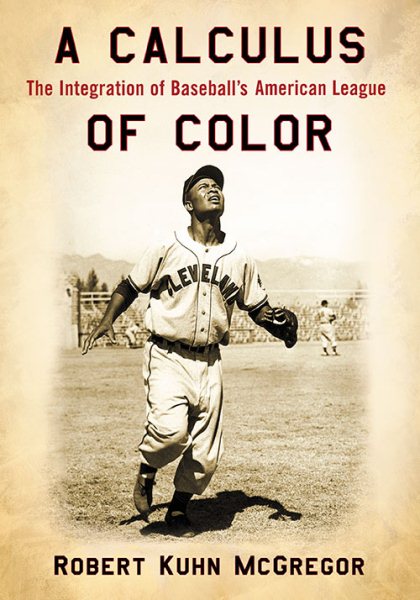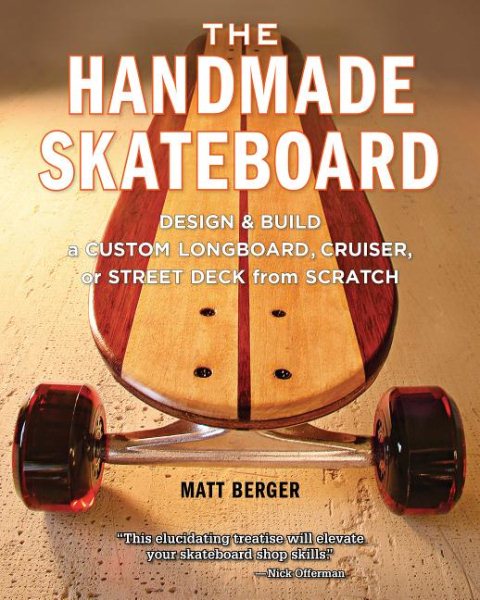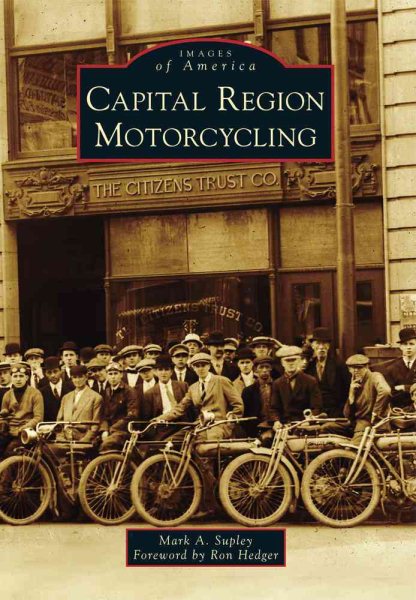After trying unsuccessfully to explain baseball to his English cousins
in a few emails, Phillip Mahony searched for a book that would explain
the rules and history of baseball in a clear and concise manner. Having
no luck locating such a book, he wrote
one himself. He begins by describing basic ideas like the appearance of
the field, the format of the game, and the lineup, that can be
considered preliminaries to understanding the game. He then goes into
greater detail, covering the objectives for the offensive
and defensive teams and different strategies. Having explained the
actual game he then goes on to explore the different statistics used in
baseball and the way that teams use these statistics to advise strategy.
He concludes with an overview of the history
of Major League Baseball. Annotation ©2014 Ringgold, Inc., Portland, OR
(protoview.com)
Check Catalog
Sports
You can click the links to check availability.
Monday, April 27, 2015
Monday, April 20, 2015
A Calculus of Color: The Integration of Baseball's American League
In 1947, as the integration of Major League Baseball began, the
once-daring American League had grown reactionary, unwilling to confront
postwar challenges--population shifts, labor issues and, above all,
racial integration. The league had matured in the Jim Crow era, when
northern cities responded to the Great Migration by restricting black
access to housing, transportation, accommodations and entertainment,
while blacks created their own institutions, including baseball's Negro
Leagues. As the political climate changed and some major league teams
realized the necessity of integration, the American League proved
painfully reluctant. With the exception of the Cleveland Indians,
integration was slow and often ineffective. This book examines the
integration of baseball--widely viewed as a triumph--through the
experiences of the American League and finds only a limited shift in
racial values. The teams accepted few black players and made no effort
to alter management structures, and organized baseball remained an
institution governed by tradition-bound owners.
Check Catalog
Check Catalog
Monday, April 13, 2015
The Handmade Skateboard: Design & Build a Custom Longboard, Cruiser, or Street Deck from Scratch
The Handmade Skateboard is the definitive book on building custom skate decks of all shapes and sizes, from the high-performance street deck to the classic longboard to a vintage pinstripe cruisers that will turn heads everywhere you go. When you make your own skateboard from scratch you have the opportunity to create something that is perfectly tailored to you: a deck that matches your height, your weight, your center of balance, your skill level and your intended use. More importantly, making your own skate deck allows you to design a perfect deck to fit your personal style, making a statement about who you are. There's nothing wrong with choosing off-the-shelf and mass produced, but who doesn't prefer to stand out. Be different. Be one of a kind. That's what you get with a custom handmade skateboard. Whether you are an accomplished woodworker or an absolute beginner, The Handmade Skateboard guides you step-by-step through building five skateboard designs; from a simple Hack Board built in a few spare hours to a high-performance street deck pressed from seven layers of high-quality Maple veneers. A design guide covers everything you need to know about sizing and shaping your deck and choosing the right trucks and hardware. And detailed photos, illustrations and clear written instruction throughout provide all the information and motivation you need to make your own skateboard from scratch.
Check Catalog
Saturday, April 4, 2015
Capital Region Motorcycling
The early 20th century was a time of greatness and prosperity for New
York's Capital Region. Economically powerful cities like Albany and
Schenectady were home to emergent companies that employed a growing
population. This influx gave way to an abundance
of stores and retail establishments that catered to newly settled
residents. With the local economy experiencing unprecedented growth,
people had discretionary income to be used for leisure activities, such
as going to Proctor's Theater or enjoying the sport
of motorcycling. Capital Region Motorcycling reveals the many
activities that were enjoyed by those who wished to participate or
watch. Photographs of road tours, polo matches, hill climbs, field
meets, scrambles, and short-track and ice racing are featured
alongside stories of the Electric City Riders and Spitzies Roamers
motorcycle clubs.
Check Catalog
Check Catalog
Subscribe to:
Posts (Atom)




